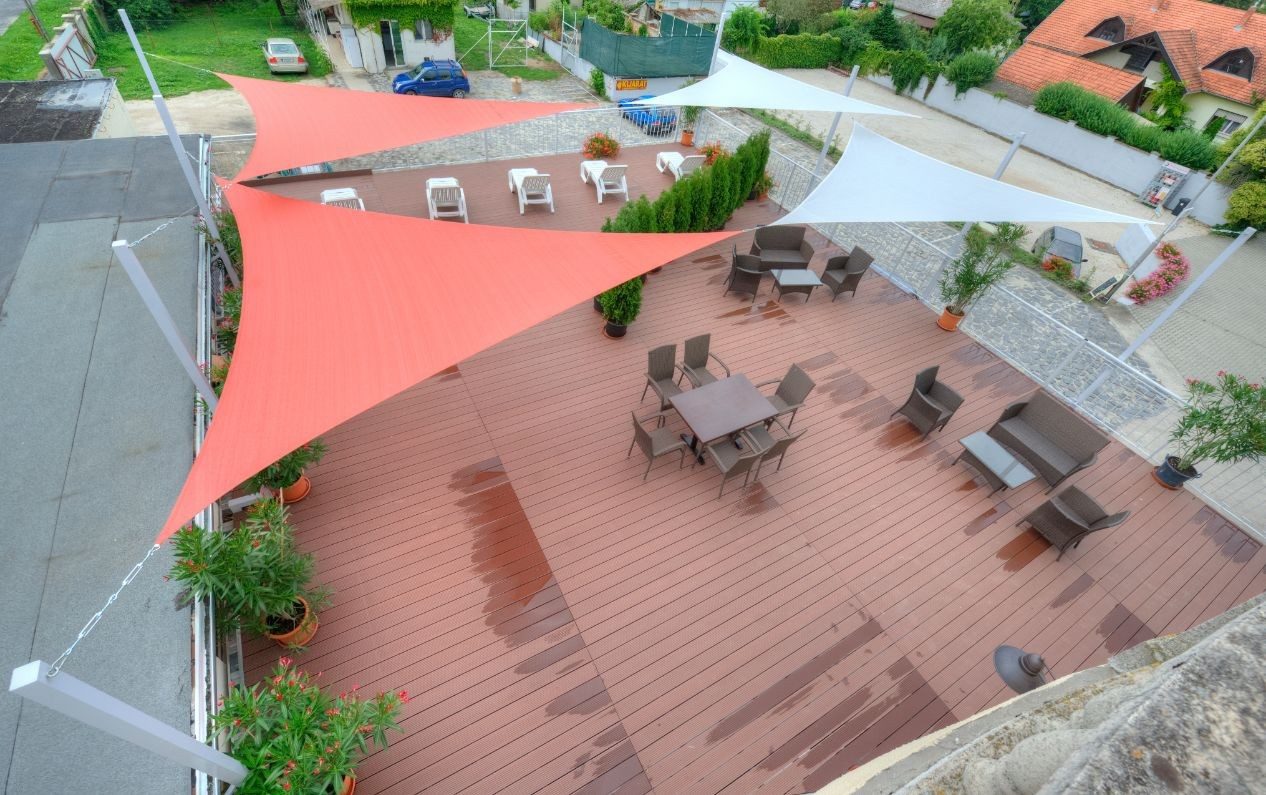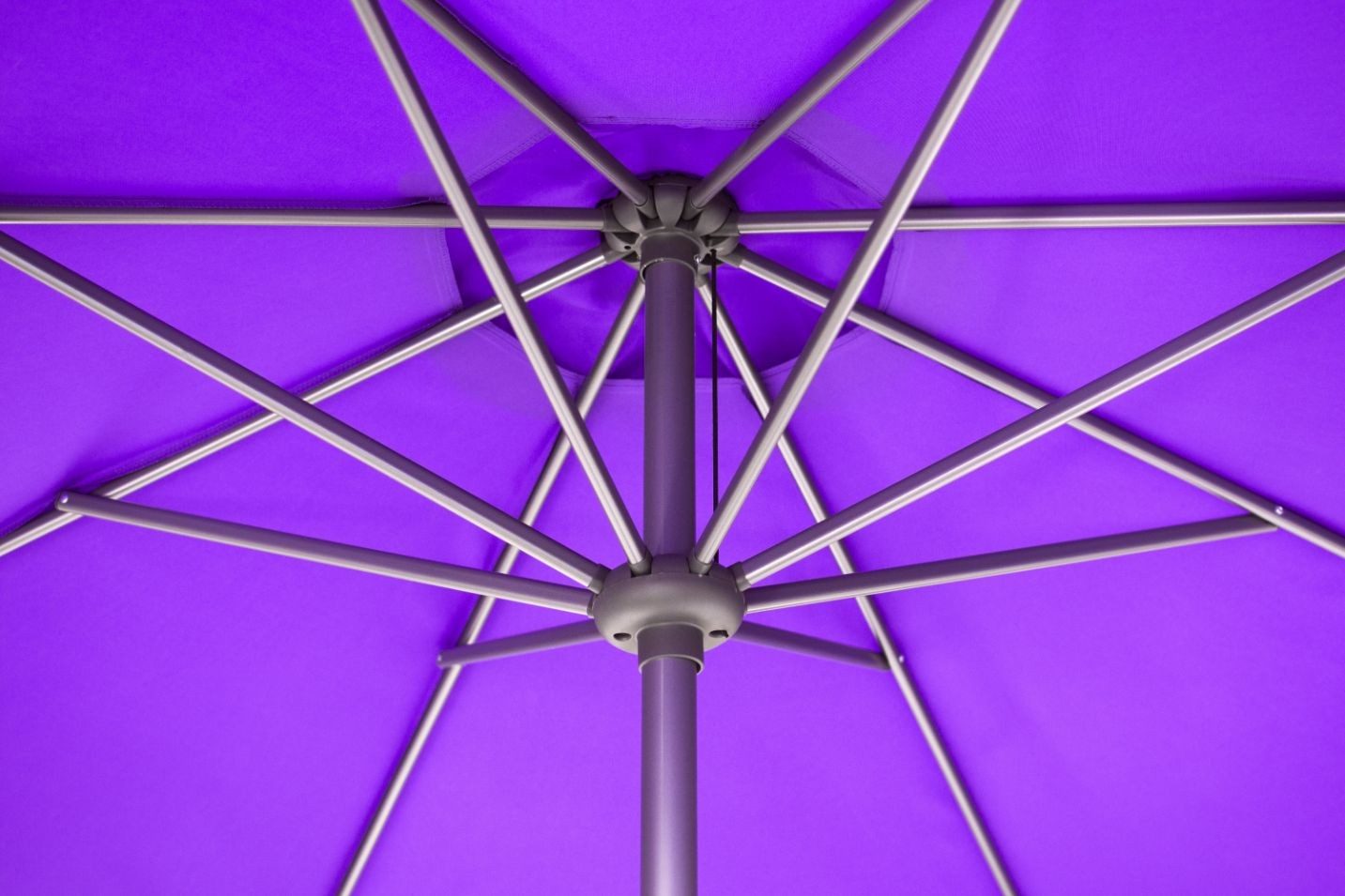Two in every three Australians will have skin cancer
by the time they're 70. Sun exposure is the leading cause of these cancers.
The right amount of sunlight can provide a host of health benefits,
though. You'll have stronger bones, better skin, and be happier overall.
Truthfully, too much or too little sun exposure can be detrimental to your health. That's why it's crucial to learn how to strike a healthy
balance between the two. Keep reading to learn how you can safely soak up your Vitamin D.
The Benefits of Sun Exposure for Healthy Living
The sun is not an evil entity that we need to avoid at all costs. It's the lifeblood of our planet and a necessity for human, plant, and
animal life. Let's take a peek at the benefits of spending time in the sunshine.
Vitamin D
Vitamin D — sometimes called the "sunshine vitamin" — is a necessary component of your health. It can fight
off disease and
plays a vital role in regulating your mood.
When natural sunlight hits your skin, it tells your body to start producing this vital vitamin. Even 10 to 15 minutes of sunshine per day
can trigger Vitamin D production.
Serotonin
Exposure to sunlight can increase your body's release of the neurotransmitter serotonin. Serotonin — also known as the "happy brain
chemical" — can lift your spirits and put you in a better mood. It's a vital chemical in a range of psychological processes like mood,
behavior, sleep, and memory.
An imbalance of serotonin may cause mental
health issues like
depression, anxiety, and obsessive-compulsive disorders.
Better Health
Several studies have shown that people who spend more time in the sun than indoors were healthier overall.
Sun exposure may help protect against blood pressure and cardiovascular disease.
Psoriasis, eczema, and even acne can be treated with the right amount of sunlight. Too much, though, and you'll risk worsening these
conditions.

Reduced Risk of Cancer and Other Diseases
There's a growing body of evidence suggesting that the right amount of sunlight can prevent
cancer.
Certain types of cancers seem to be less prevalent in people living in southern latitudes, where sunlight exposure is high. This may be
because exposure to UV boosts the production of vitamin D.
People living in areas with fewer hours of daylight are more prone to some
cancers.
These include colorectal cancer, breast cancer, and prostate cancer.
Sunlight can also provide protection against other diseases, even COVID-19. Studies show that while SARS-CoV-2 coronavirus can live on
metals, plastics, and cardboard for a few days the virus is not able to live
outside in the sunlight.
The Dangers of Sun Exposure
Too much sun doesn't come without its risks, though. Let's take a look at what can happen if you spend too much time in the sunshine.
Repeat Burns Raise Your Risk of Cancer
Sunburns play a definite role in melanoma development. When your skin absorbs the sun's UV rays, the genetic material in your skin cells
gets damaged. This is what causes sunburn.
Even repeat exposure without a sunburn can increase your chances of developing skin cancer.
Too Much Sun Can Harm Your Children
Your child's skin is very vulnerable to sun damage. Even one blistering sunburn during childhood can double
the chance of
developing melanoma later in life. Too much sun can also cause eye damage and immune system suppression.
Sun Exposure Harms Your Eyes
It's not only our skin that's susceptible to sunburns. UVB radiation can cause burns to our eyes. The cornea will burn and become inflamed.
Even the inner surface of your eyelids can experience sun damage.
Eyes that experience longterm exposure to UV radiation are more prone to cataracts and retina damage. You may also get muscular
degeneration, which causes blindness.
Ocular melanoma is another risk that comes with exposure to UV light.
Minimising Risks and Maximising Benefits
Australia's 22 million people are 13
times more likely to
develop skin cancer than the global average. That's why it's so important that we practice safe and healthy sun exposure. Here are some
tips for minimising the risks and maximising the benefits of sunshine.
Finding the Balance With Your Children
You cannot "build up" your child's tolerance to the sun. Infants, especially, are vulnerable to sun damage. It's best to shield your babies
in the first six months of life than slather than with sunscreen.
Don't let a cloudy day lull you into a false sense of security. It's the UV rays, not the temperature, that causes damage. Your children can
still get a sunburn on a chilly and cloud-covered day.
Keep them out of the sun during its peak hours - between 10 am and 3 pm. Make sure they're wearing long-sleeved clothing and keep them in
the shade as much as possible.
Use Shade
The shade is an indispensable defense against the sun. Every homeowner should have shade to protect themselves and their families. Do your
research to ensure you're investing in the best
umbrella for your needs.
We recommend steering clear of direct sunlight during the peak hours of the day. You can still spend time outdoors during these hours
but stay under an umbrella or in a shady spot.
An umbrella ensures you have a safe place to hide from the sun while enjoying time outside. Plus, there's no better way to enjoy a
resort-like relaxation than with a backyard-beautifying home umbrella.

Use Enough of the Right Sunscreen
It's not enough to slather on a teaspoon of sunscreen over your entire body. You need to ensure you're using the right amount to protect
yourself.
When companies test sunscreens, they apply 2 milligrams per square centimeter of skin. This is roughly 35 milliliters for the average
adult-sized body. If you're using less than that, your sunscreen won't be as effective.
Search for an SPF 50+ sunscreen to reap the greatest benefit. If you are going swimming outside, you need one that states "water-resistant"
on the label.
As previously mentioned, avoid using sunscreen on babies younger than six months old.

Cover Up
Wherever possible, wear long-sleeved shirts and pants to protect yourself from UV rays. Look for clothes made with tightly-woven fabric for
the best protection.
A wide-brimmed hat can shade more than your face. It'll protect your shoulders, ears, and the back of your neck. A canvas hat will provide
much more protection than one made of straw.
Sunglasses are an indispensable tool to protect against sun damage. They'll not only protect your eyes but the tender skin around them, too.
Look for ones that block UVA and UVB rays for the most protection.

Protect Yourself and Enjoy the Sunshine
No one wants to spend a beautiful day indoors, and you shouldn't have to. There's no reason to fear sun exposure so long as you're safe. The
best way to ensure sun safety at home is by investing in a high-quality umbrella.
An umbrella allows you to enjoy time outdoor living and be sun smart at the same time. Speak with us today to find
the perfect balance of sun and shade for your home.
Please note the contents of this post is information only and general in nature.
If you require advice it is best to contact one of our shade specialists who can review your particular circumstances and then provide
tailored advice according to your needs.



_846x564c.webp)




